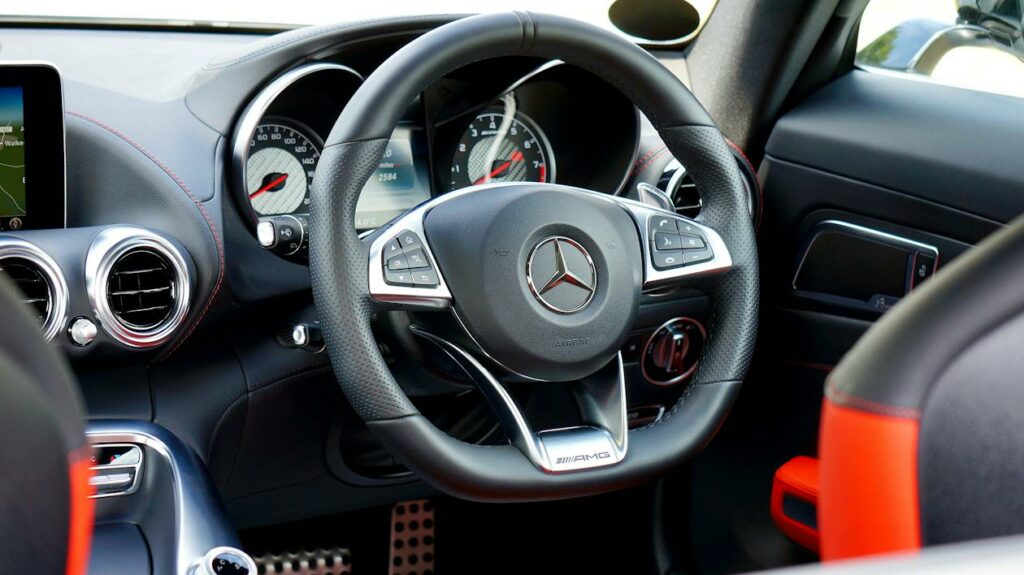
What is Scheduled Maintenance: A Comprehensive Guide
In today’s fast-paced digital world, maintenance is a critical aspect of ensuring the smooth operation of various systems and equipment. What is scheduled maintenance? Whether it’s an industrial machine, a website, or a vehicle, maintenance plays a crucial role in preventing unexpected breakdowns and ensuring optimal performance.
Understanding Scheduled Maintenance
What is scheduled maintenance? It often referred to as preventive maintenance, involves inspections, servicing, and repairs of equipment and systems. The primary goal of it is to identify and address potential issues before they escalate into major problems, thereby minimizing downtime and extending the lifespan of the equipment.

Importance of Scheduled Maintenance
What is scheduled maintenance offer? They are wide array of benefits, including:
Enhanced Reliability: By proactively addressing potential issues, it helps prevent unexpected failures, thus enhancing the reliability of equipment and systems.
Cost Savings: Regular maintenance can help avoid costly repairs that may arise from neglected issues, ultimately saving both time and money.
Safety and Compliance: In many industries, maintenance is crucial for ensuring the safety of workers and compliance with regulations and standards.
Optimized Performance: Well-maintained equipment operates more efficiently, delivering optimal performance and productivity.
Types of Scheduled Maintenance
Scheduled maintenance can be categorized into several types, including:
Time-Based Maintenance: This type of maintenance perform at regular time intervals, such as daily, weekly, monthly, or annually.
Usage-Based Maintenance: Maintenance activities trigger by the actual usage of equipment or systems, such as miles driven, hours of operation, or cycles completed.
Predictive Maintenance: Leveraging advanced technologies such as sensors and data analytics, predictive maintenance aims to predict potential issues based on equipment condition and performance data.
Condition-Based Maintenance: This type of maintenance relies on monitoring the real-time condition of equipment to determine when maintenance is necessary.
Examples of Scheduled Maintenance
It can be observed in various domains:
Automotive Industry
In the automotive sector, scheduled maintenance involves regular servicing of vehicles based on mileage or time intervals. This includes oil changes, filter replacements, and inspections to ensure the vehicle’s optimal performance and safety.
Information Technology
In the realm of IT, maintenance is crucial for the upkeep of software, hardware, and networks. This can involve installing software updates, conducting system backups, and performing routine checks to identify and resolve potential issues.
Manufacturing and Industrial Settings
In manufacturing and industrial environments, machines and equipment undergo scheduled maintenance to prevent unplanned downtime and maintain peak operational efficiency. This includes tasks such as lubrication, calibration, and parts replacement.

Implementing Scheduled Maintenance
The successful implementation of maintenance involves several key steps:
Asset Inventory: Identify and document all the equipment and systems that require maintenance.
Maintenance Scheduling: Establish a well-defined schedule for maintenance activities based on the type of maintenance required and the manufacturer’s recommendations.
Resource Allocation: Allocate the necessary resources, including manpower, tools, and parts, to carry out scheduled maintenance effectively.
Documentation and Record-Keeping: Maintain detailed records of maintenance activities, including inspection reports, service logs, and any issues identified and addressed.
Continuous Improvement: Regularly review and refine the scheduled maintenance program based on feedback, performance data, and evolving it needs.
The Best Tool for Maintaining Your Initial Distance
When it comes to keeping your initial distance, the most effective tool to use is the kilometer stopper offered by the Super Kilometer Filter. This device surpasses other correction aids in terms of comfort and reliability. It is a simple plug-and-play device that doesn’t require any cutting cords or soldering, making it easy to revert to the original state after use. Additionally, it erases mileage information and prevents the transmission of new data to other control units, ensuring that it is completely untraceable. The Super Kilometer Filter guarantees the quality of the product and ensures that any modified data will remain untraceable.
Conclusion
Now we can answer the question of what is scheduled maintenance. It is a fundamental practice across diverse industries, playing a pivotal role in optimizing performance, ensuring safety, and prolonging the lifespan of equipment and systems. By prioritizing proactive maintenance, businesses and individuals can minimize disruptions, enhance reliability, and ultimately achieve greater operational efficiency.
By embracing the principles of scheduled maintenance, organizations and individuals alike can safeguard their investments, mitigate risks, and uphold the highest standards of performance and safety.




